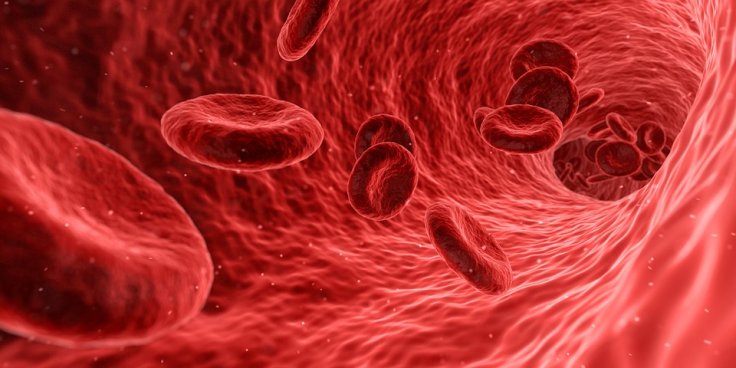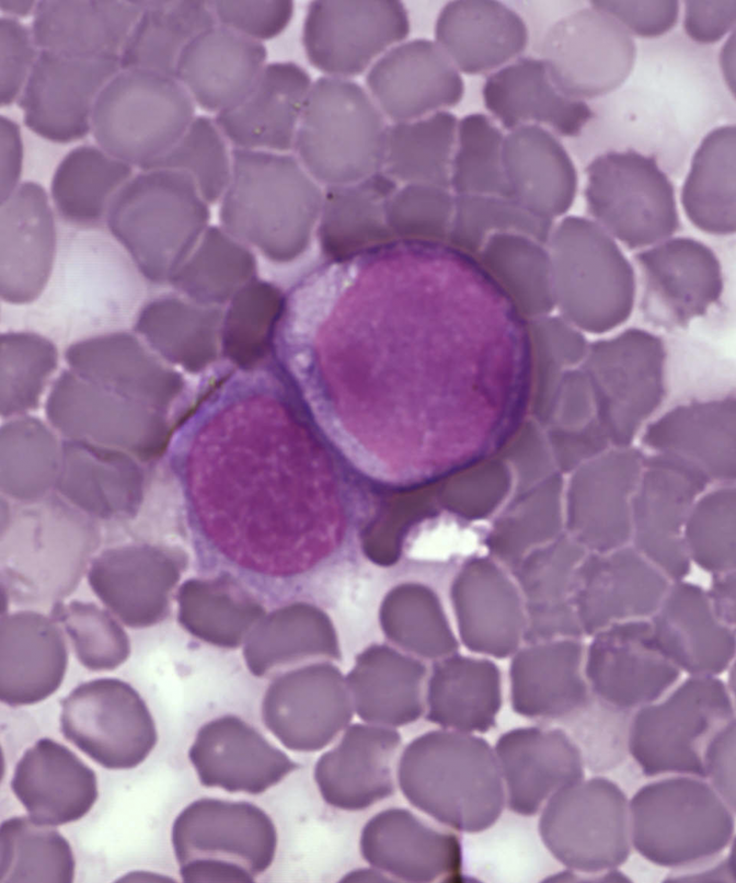In what may prove as a breakthrough in the treatment of leukaemia and other blood diseases, scientists at UCLA have discovered a protein produced by a gene known as MLLT3 and its connection to the multiplication of human blood stem cells.
The discovery which was published in a study is very much significant as cancers such as leukaemia can be effectively treated using blood stem cells, also known as Hematopoietic stem cells (HSCs), produced outside the human body— and could serve as an alternative to existing treatment options such as bone marrow transplants.
What did the study find?

Self-renewal is the process by which stem cells divide to create more cells. The study focused on a specific type of the kind: Hematopoietic stem cells (HSCs)— which are present within the bone marrow— where along with self-renewal, they also produce different types of blood cells such as red and white by transforming into them.
Placing HSCs in laboratory dishes after their removal from the bone marrow causes then to lose their ability to self-renew, and they either transform into other blood types or perish. It is this process that the scientists studied. Through a series of steps, the researchers studied the genes that shutdown as the cells lost their capacity to self-renew.
They discovered that the HSCs' ability to self-renew corresponded with the expression of a gene called MLLT3. They also found that MLLT3 generated a protein that instructed HSCs to retain their capacity to self-renew. As the cells divide, the protein works along with other regulatory proteins to keep vital components of the HSCs' functioning.
Maintaining the protein level improved multiplication of blood stem cells

Employing a viral vector the researchers tried to ascertain if maintaining the MLLT3 protein levels in lab dishes would help improve the self-renewing abilities of HSCs. A viral vector is a specially designed virus that transfers genetic information to the nucleus of a cell without giving rise to a disease. Using the vector, the scientists introduced an active MLLT3 gene into HSCs. They found that there was nearly a twelvefold multiplication of working HSCs in lab dishes.
"If we think about the amount of blood stem cells needed to treat a patient, that's a significant number," said Dr. Hanna Mikkola, a member of the Eli and Edythe Broad Center of Regenerative Medicine and Stem Cell Research at UCLA, and senior author of the study, to the UCLA Newsroom.
The UCLA scientists observed that the use of 'small molecules'— organic compounds that help in the multiplication of human HSCs, improved self-renewal in general. However, the cells were unable to maintain stable MLLT3 levels and did not perform well when implanted into mice.
"Our method, which exposes blood stem cells to the small molecules and also inserts an active MLLT3 gene, created blood stem cells that integrated well into mouse bone marrow, efficiently produced all blood cell types and maintained their self-renewing ability," said Vincenzo Calvanese, a UCLA project scientist and the study's co-corresponding author, to the UCLA Newsroom.
The team noted that the self-renewal of HSCs caused by MLLT3 was at a safe rate. This means that they did not acquire potent characteristics such as mutation or excessive multiplication, or the production aberrant cells that can cause leukaemia.
What's next?
Determining which proteins and constituents within the DNA of the HSCs affect the activation and deactivation of MLLT3 is the next step for the team. Also, understanding the regulation of the process using components in the lab dishes is another step. The information gathered may help find ways in which MLLT3 could be switched on and off without employing a viral vector.









